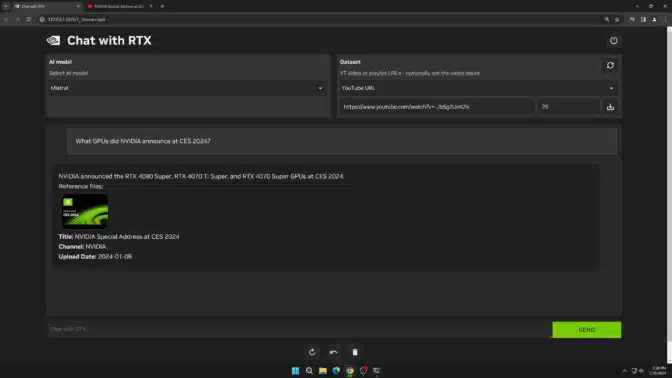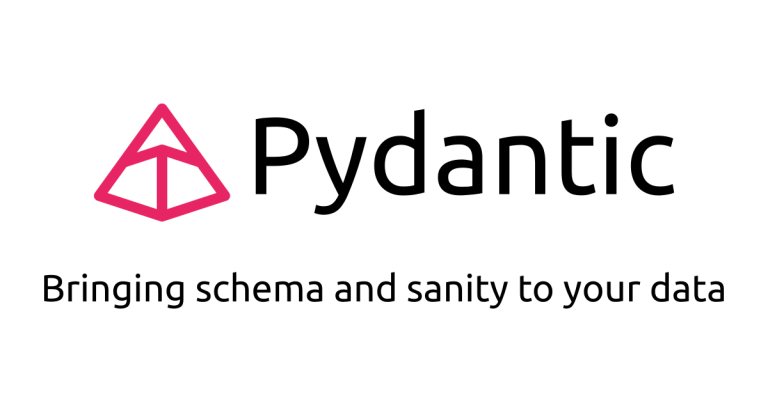In the rapidly advancing realm of artificial intelligence, speed and efficiency are not just goals; they are imperatives. As AI models grow increasingly complex, the quest for faster, more responsive computing has led to a groundbreaking innovation: Groq’s Tensor Streaming Processor (TSP), a Linear Processor Unit (LPU) that stands poised to redefine the landscape of AI computations. With response times clocking in at an astonishing rate of nearly 500 T/s, Also note that Grok is NOT an LLM, the underlying models are Mixtral or Llama the improvment is performance in due to hardware not algorithmically.

Traditional GPUs, with their parallel processing capabilities and multitude of cores, have long been the standard bearers in the field of AI and graphics rendering. However, these GPUs operate on the SIMD (Single Instruction, Multiple Data) model, a structure that, while powerful, comes with its own set of complexities, particularly when it comes to scheduling and latency. Enter Groq’s LPU, a novel design that sidesteps these issues by adopting a deterministic performance model specifically catered to AI workflows.
The LPU’s architecture eschews the conventional approach in favor of a streamlined, every-clock-cycle-counts design, ensuring a level of consistent latency and throughput that was once thought unachievable. For developers, this translates to unprecedented precision in performance prediction and optimization, a pivotal advantage for real-time AI applications.
This design is not only a beacon of performance but also of energy efficiency. By eliminating the need to manage multiple threads and by maximizing core utilization, the LPU ensures more computations per watt than ever before. Energy efficiency, combined with the LPU’s scalability—wherein multiple TSPs can be seamlessly linked without the common bottlenecks present in GPU clusters—heralds a new era of simplified hardware expansion for large-scale AI models.
The implications extend far beyond mere technical specs. LPUs promise to shape the future of AI application serving, offering a robust alternative to the highly sought-after A100s and H100s. With Groq’s TSP, we stand on the precipice of a transformative leap in performance—one that could very well accelerate the pace of AI innovation and broaden the horizons of what is computationally possible.
Potential Applications
Autonomous agents
Building autonomous agents, for example something with LangChain stands to gain substantially from the increased token per second (T/s) processing capabilities provided by advanced processors like Groq’s Tensor Streaming Processor (TSP). Autonomous agents, ranging from virtual assistants to sophisticated robots, require rapid processing of data to interact with their environment effectively and make autonomous decisions. Here’s how faster T/s can be beneficial in this context:
- Real-Time Decision Making: Autonomous agents must process a vast array of inputs to make decisions in real time. The faster T/s rate allows for quicker analysis of sensor data, which is critical for agents that operate in dynamic or unpredictable environments.
- Improved Perception: Agents rely on processing visual, auditory, and other sensory data to perceive their surroundings. Accelerated T/s rates can lead to more advanced perception capabilities, enabling agents to understand and react to complex scenarios with higher accuracy.
- Interactive Learning: Machine learning algorithms, especially those involving reinforcement learning where an agent improves through trial and error, can greatly benefit from faster processing. With more computations per second, agents can iterate and learn from interactions much quicker.
- Advanced Natural Language Understanding: For agents that interact with humans, rapid T/s enables sophisticated language models to parse, understand, and generate language in real-time, leading to more natural and fluid conversations.
- Dynamic Path Planning: In robotics, quick processing speeds can facilitate more efficient path planning and obstacle avoidance, as the agent can reassess and adjust its trajectory instantaneously in response to changes in the environment.
- Enhanced Multi-agent Coordination: Faster T/s processing can improve the coordination among multiple autonomous agents, such as a fleet of drones or autonomous vehicles, allowing them to operate in harmony and respond to each other’s actions promptly.
- Human-like Reflexes: When speed is critical, such as in medical robots or in disaster response scenarios, the ability for an autonomous agent to respond quickly and appropriately can make the difference in outcomes.
- Robust Simulations for Training: Training autonomous agents often involves simulations that can be computationally intensive. High T/s rates can make these simulations more efficient, leading to better-trained agents in a shorter amount of time.
The development of autonomous agents that can respond and adapt to their environment in real time is a challenging task, and the demand for computational speed is ever-present. With the advancements in processors and higher T/s rates, it is becoming increasingly possible to create agents that are not only responsive and efficient but also capable of complex, nuanced interactions and behaviors that more closely mimic human-like intelligence.
How Did Groq Do It?
Groq’s LPU (Linear Processing Unit) is faster and more energy-efficient than Nvidia GPUs for inference tasks. Unlike Nvidia GPUs, which require high-speed data delivery and High Bandwidth Memory (HBM), Groq’s LPUs use SRAM, which is 20 times faster and consumes less power. Groq’s LPUs also use a Temporal Instruction Set Computer architecture, reducing the need to reload data from memory and avoiding HBM shortages. Groq claims that its technology could replace GPUs in AI tasks with its powerful chip and software, potentially eliminating the need for specialized storage solutions. Does this mean LLM’s were the killer app for TPU clouds?

This tweet goes more in-depth of their hardware.




















